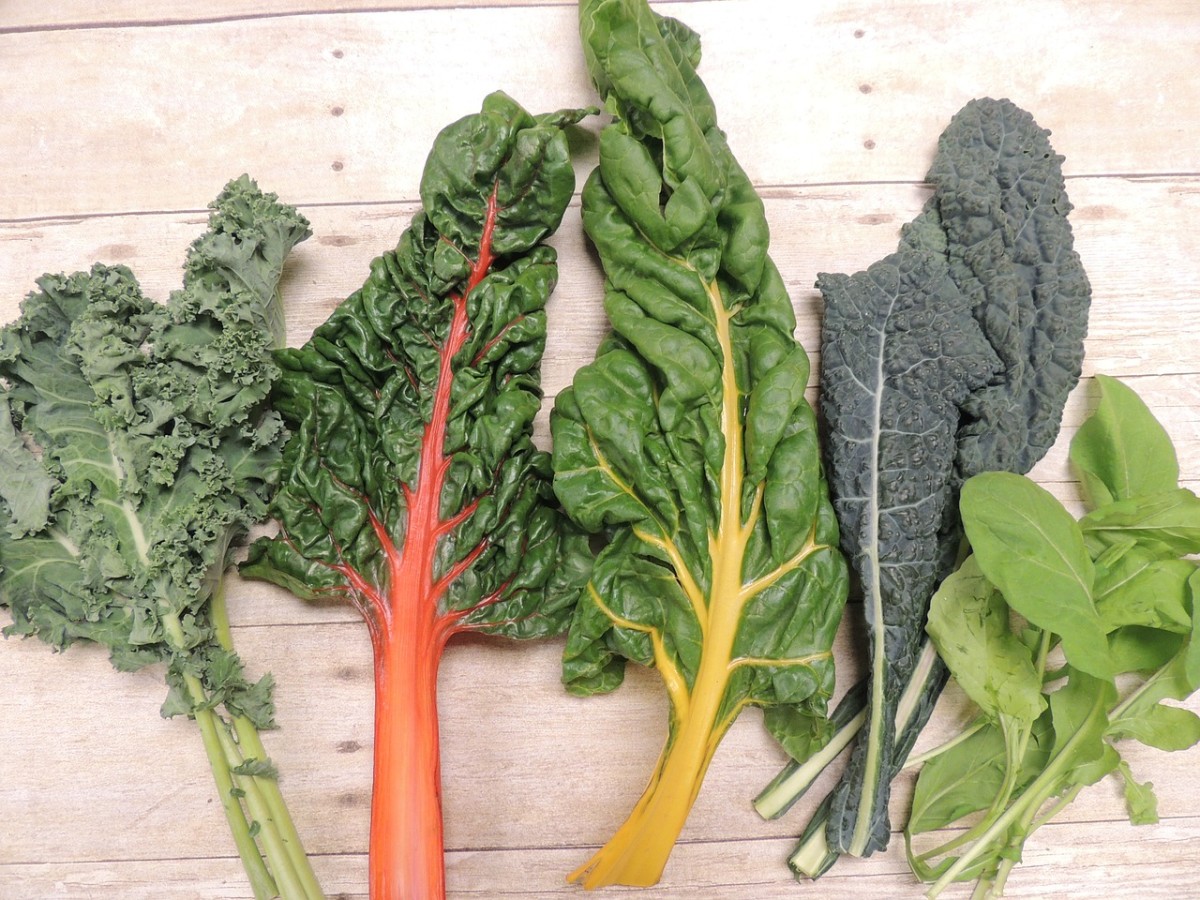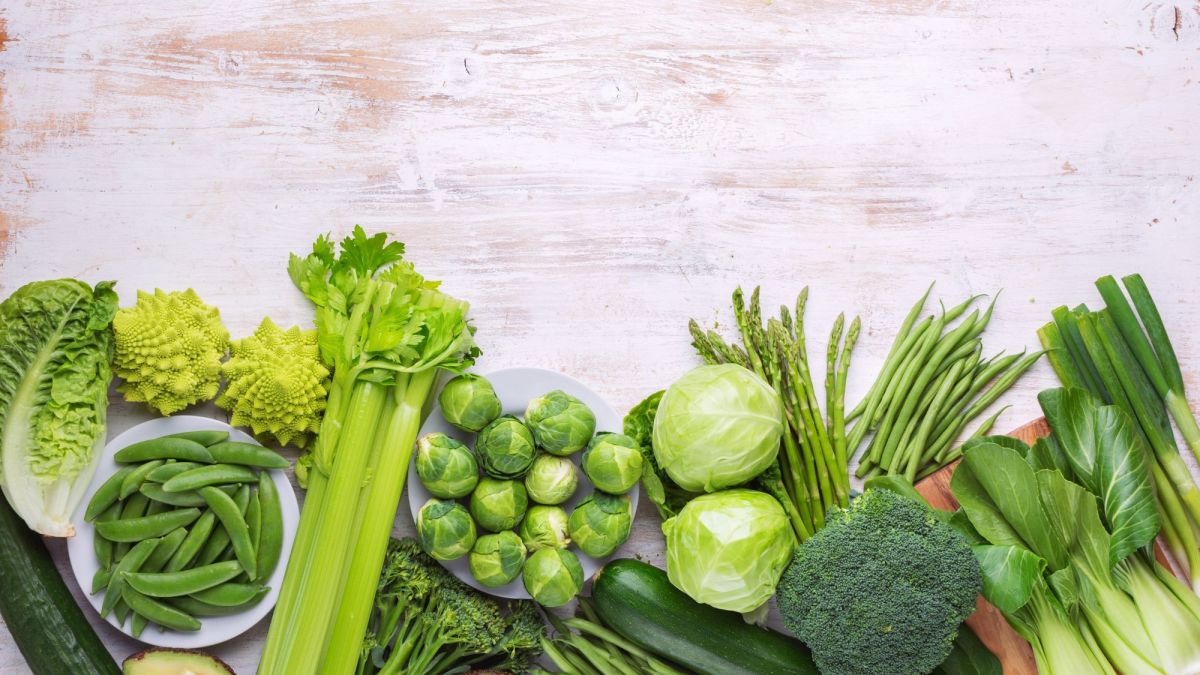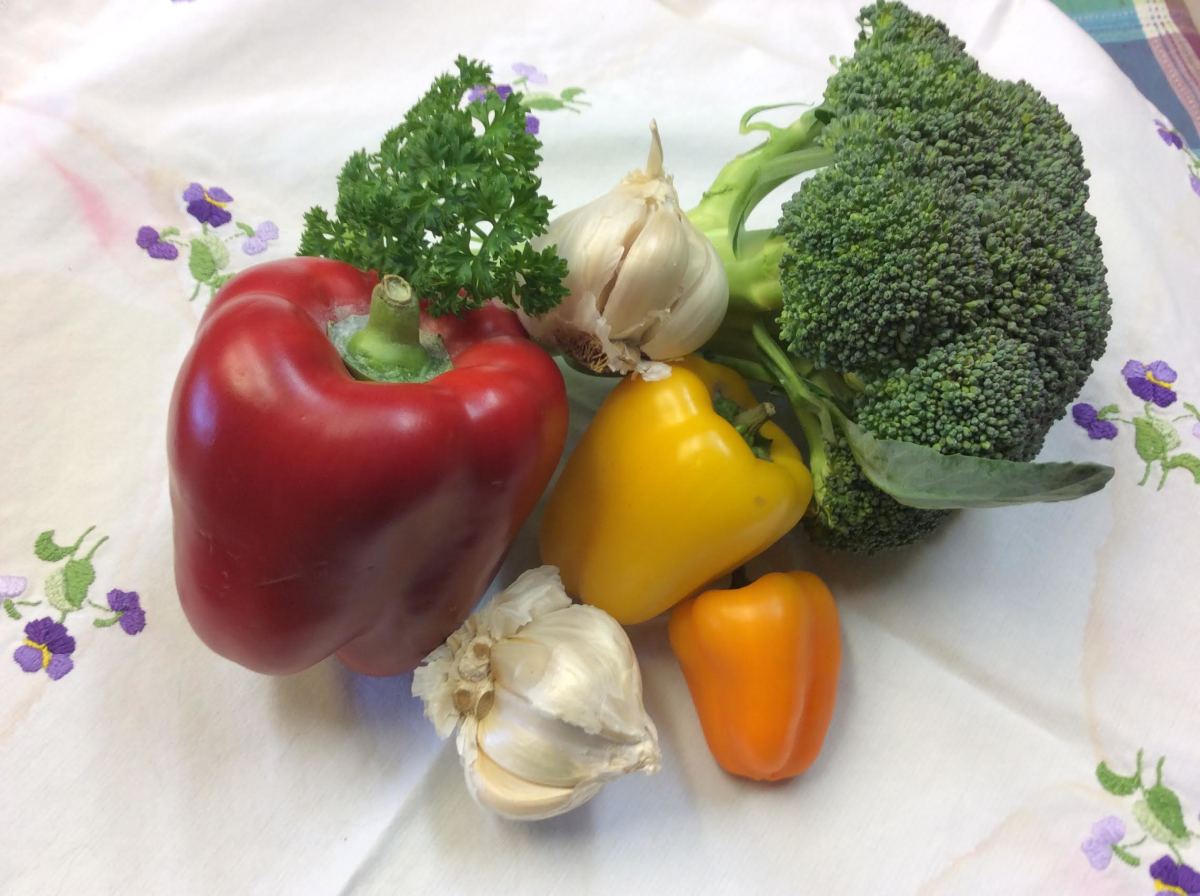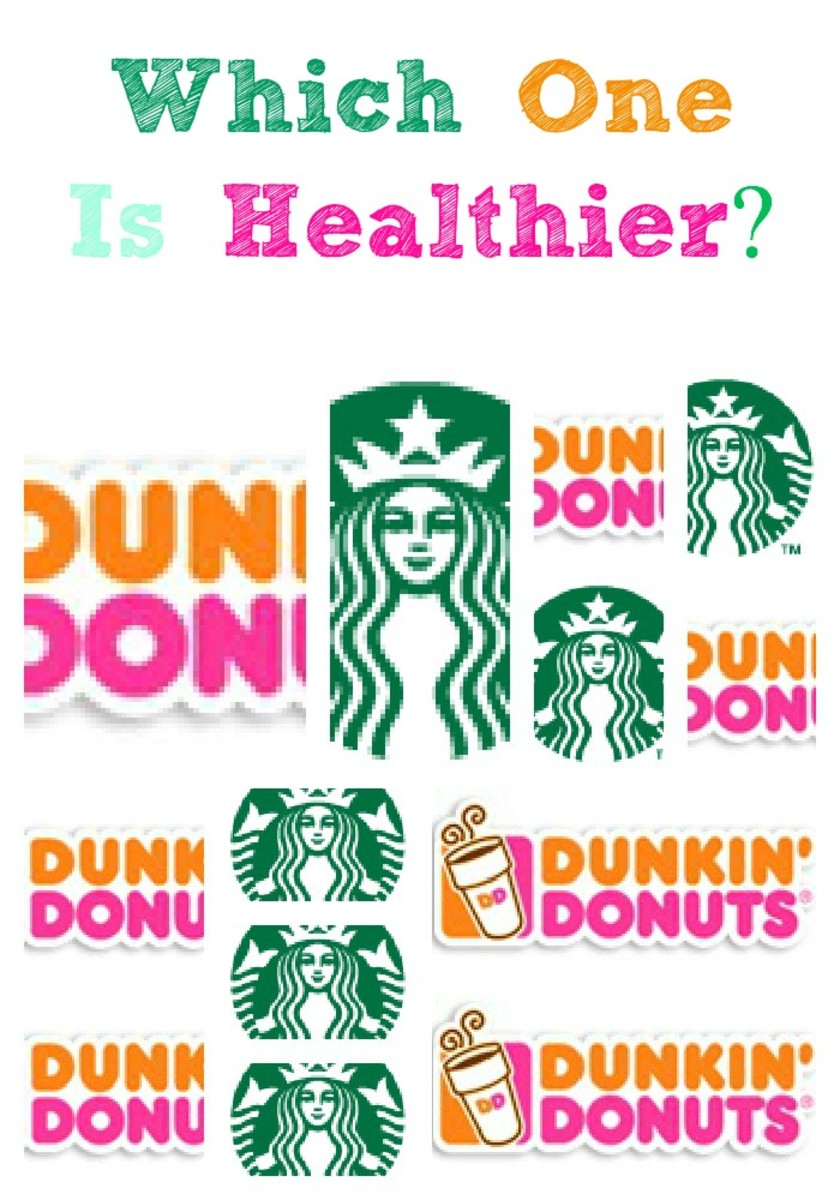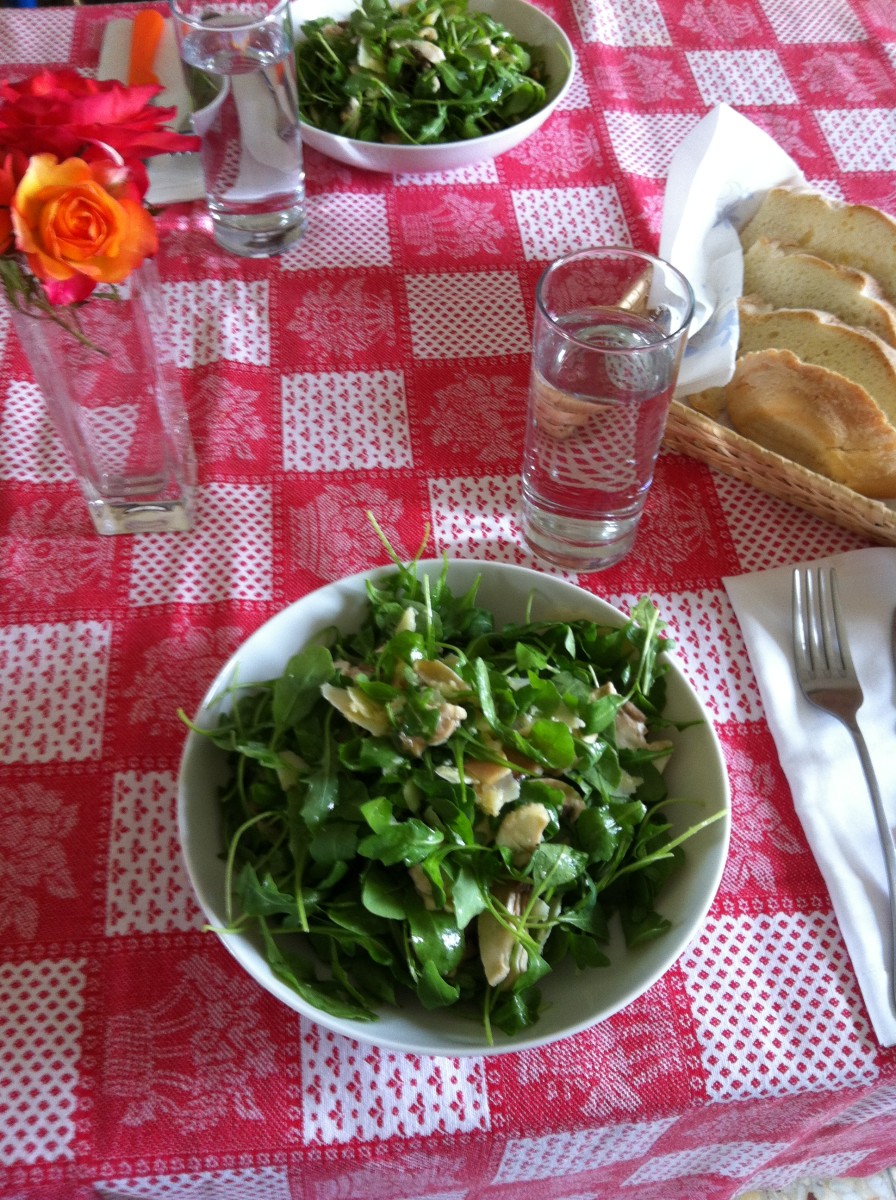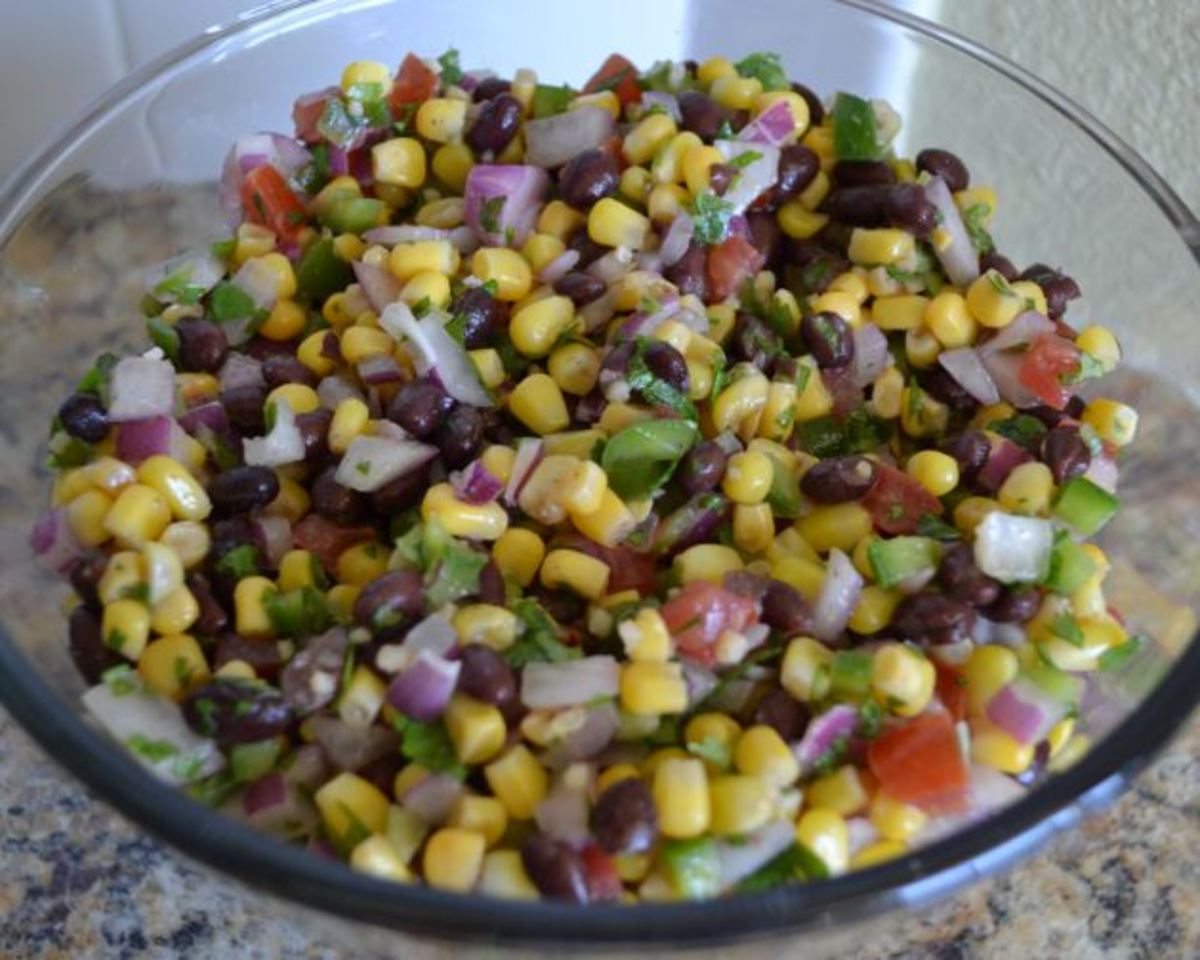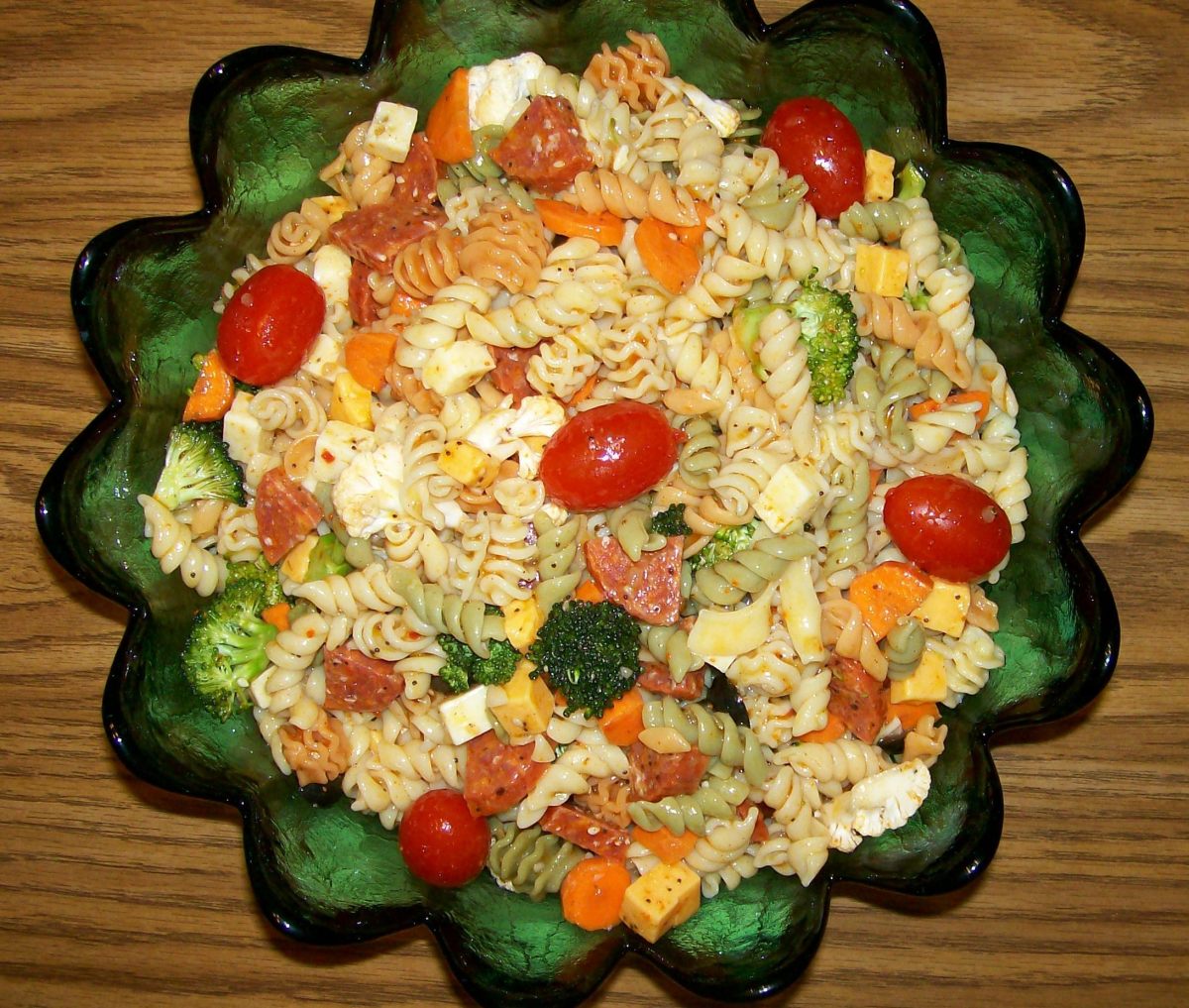How to Make a Healthier Salad
Build a Better Healthy Salad
How is it salads have made us fat? They were supposed to help us control our weight. Even worse, they have made us sick. Salads have been super-sized into high-calorie bombs, and E.coli and salmonella have made their way into our green salads, and food supply in general. It's time to take back control of your salad.
A salad can still be super nutritious and low in calories. One study reports that people who ate a daily salad had higher levels of various disease fighting antioxidants. However, the salads we buy when we eat out have turned out to be the least nutritious and super high in calories. Safety and sanitation are also questionable.
Your salad should be free of toxic ingredients and you can do this by being an educated consumer. (Unfortunately, as I am writing this on 9/18/09, there has been yet another recall of bagged spinach.* ) Always look for fresh, organic and/or locally grown, and in season. If it is not in season chances are it is being shipped from thousands of miles away leaving the nutrients far behind.
Below are some suggestions to help you build a healthy salad and some tips on how to avoid creating a high calorie and unhealthy salad. As well information about a new food safety bill, and some links to other healthy eating suggestions.
Healthy Ingredients to Add:
- eggs- chop up one egg and you'll be adding a nutrient dense food that is high in quality proteins with a wide range of minerals, vitamins and trace elements. The yolk contains vitamin D - something we are told we are not getting enough of. (See link below for how to boil the perfect egg - every time)
- avocado - add about 1/6th, sliced thinly. Avocado is a super fruit with monounsaturated fat which helps to reduce belly fat and also help you feel sated. (see link below for the many benefits of avocado)
- the healthiest greens - darker greens have more vitamins and minerals, unlike the more commonly used iceberg lettuce generally added to fast food salads.
- various vegetables - you can never go wrong slicing and tossing in a variety of fresh vegetables. Asparagus is super nutritious (see link below) and has more nutritional value if eaten raw. Vegetables like onions, peppers, mushrooms, shredded carrots, and tomatoes are nutrient-rich with only 20 calories per serving. You can overindulge!
- nuts - adding just a few nuts will supply protein and also help you feel sated. Almonds are easy to sliver and a tablespoon is just enough.
- edamame - these soy beans are an excellent source of protein and are known to protect your heart, build bone strength, and reduce cancer risks.
- lean protein - three ounces of fish, particularly salmon, is recommended instead of meats. However, mercury has to be a concern, and so is farm raised fish. Wild salmon has omega-3 fatty acids which help to prevent heart disease and increase brain power.
- beans - an excellent source of fiber and protein. When you make a pot of beans, put aside just a bit for your salad. Black beans are excellent in salads and so are white beans. I cannot recommend canned beans because the chemical BPA (bisphenol A) is used in the liners. Dried beans are too easy to make. Soak overnight - then cook the next day - don't add salt until they are finished cooking - salt tends to harden them.
- fruit - many fruits are added to salad such as sliced apples, raisins and dried cranberries (see nutritional benefits of cranberries link).
- your own dressings - be wary of store-bought dressings. Blue cheese has 145 calories and 15 grams of fat in just two tablespoons. Make your own dressings quickly and easily by keeping balsamic vinegar on hand and mixing with olive oil or walnut oil. You can sprinkle in a bit of sea salt to taste and/or any herbs of your choice.
Note: You can cut down on dressings tremendously by putting it in the bottom of the bowl instead of dousing from the top - (try 1/2 of what you normally use) and then tossing it that way. It better covers all the salad.
- if you are taking a salad to work - pack the dressing separately - and toss at work.
Ingredients to avoid (usually found in fast food and restaurant salads):
- those bacon bits - just 4 grams of these bacon bits, which seem to be the option for fast food salads, add 100 calories of what you can do without: artery-clogging saturated fat.
- croutons- another delight in the fast food salads. They add high cholesterol and nothing else.
- iceberg lettuce - they have little nutritional value.
- fried chicken or anything fried - you'll be adding a lot of saturated fat if you add fried chicken bits, nuggets, balls, squares, circles - any fried chicken or meats.
- candied anything - I admit I don't know why anyone would add candied nuts to a salad.
- cheese - grated hard cheese like cheddar contain, in one ounce, nine grams of fat and 120 calories. Try a lower fat cheese like feta cheese - very little packs a tasty zing to your salad.
- high calorie bottled salad dressings - those creamy bottled dressings seem to be the most popular but they are also high in calories and many have HFC (high fructose corn syrup) - as well as artificial ingredients. We just deserve better than this.
*Note: To avoid contaminated vegetables - buy your salad greens whole. If they are bagged, whatever germs that are in the bag will remain there and are hard to rinse clean. Bagged salad greens have been the subject of numerous recalls.
Bagged salad greens were not common as recently as 20 years ago. Unfortunately, it is just a handful of large operations handling these greens and shipping them countrywide. An outbreak can affect the entire country.
Bacteria like salmonella and e.coli are found in fecal matter from chickens and cows which are then easily transmitted to where vegetables are growing in fields. The case of the e.coli outbreak in bagged lettuce grown in California was tainted by a dairy farm next door.
The Obama administration has pledged to upgrade the laws which many have viewed as lax, and better enforce the current regulations. A bill was introduced in February requiring processors to meet new food safety standards.
Stay up to date on food recalls by signing up for updates from the CDC, FDA, and USDA. You will be notified of major outbreaks. Be prepared to be appalled but it is equally important to be informed.
See links below for more healthy eating suggestions:
dark leafy greens

Healthy Eating Suggestions
- Healthy Oils: 9 Nut and Seed Oils
All oils and fats are 100% fat. However, the components that make up that fat structure of each oil are important in determining whether or not the oil or fat is considered healthy. It is a myth to believe... - Healthy Oils: 5 Fruit Oils
All oils and fats are 100% fat. However, the components that make up that fat structure of each oil are important in determining whether or not the oil or fat is considered healthy. It is a myth to... - Rev Up Your Fat Burning Metabolism with Avocado
You can boost your fat burning metabolism by eating foods that contain L-carnitine. Avocado is a rich source of L-carnitine. As an added bonus, it is also an aphrodisiac. L-carnitine is an amino acid found... - 8 Super Health Benefits of Asparagus
Asparagus has so many health benefits, it should be added to the healthy diet. Asparagus is great as a detox vegetable, an anti-aging vegetable, and no surprise - an aphrodisiac, and much more. The... - Foods to Help You Lose the Dangerous Belly Fat
People who carry excess weight around the belly are at increased risk for heart disease, diabetes, stroke, and some types of cancer. Reasearchers at Wake Forest University found that trans fats,* which has... - 4 Amazing Health Benefits of Cranberries
As we finally move away from food products and back to food in its most natural state, we are finding out that fresh food has all the nutritional benefits that we will ever need This includes cranberries,... - Probiotics and Other Benefits of Korean Kimchi
For centuries, kimchi has been a major part of the Korean diet. It is the traditional fermented food that is served at every meal. As Americans become more aware of the benefits of probiotics, kimchi is... - Sea Vegetables and the Amazing Health Benefits
By eating sea vegetables your diet will provide you with the most extensive array of minerals found in any food. Sea vegetables possess virtually all the minerals present in the ocean which are the same...


